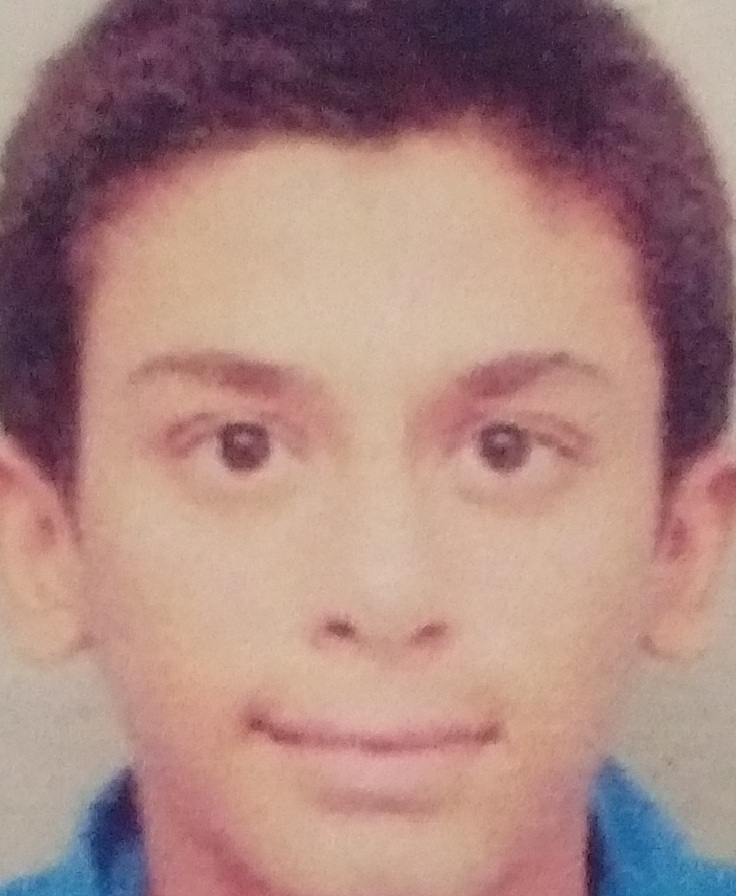Course abstract
The course will start with a brief introduction to robots and robotics. The motivation behind keeping robots in modern industries will be discussed. After providing a brief history of robotics, different components of a robotic system will be identified. The method of determining degrees of freedom of a robotic system will be discussed with some examples. After classifying the robots based on certain criteria, workspace analysis of manipulators will be carried out. Applications of robots in different areas like in manufacturing units, medical science, space, and others, will be discussed. Various methods of robot teaching will be explained with some suitable examples. Economic analysis will be conducted to decide whether we should purchase a robot. Both forward and inverse kinematics problems will be solved with the help of some suitable examples. To ensure smooth variation of joint angles of the robot, trajectory planning schemes will be explained. After carrying out velocity analysis with the help of Jacobian matrix, inverse dynamics problems of robots will be solved using Lagrange-Euler formulation. Control scheme used in robots to realise the joint torques will be discussed. Besides manipulators, analysis will be carried out on wheeled and multi-legged robots. The working principles of various sensors used in robots will be explained in detail. The steps to be followed in robot vision will be discussed with some suitable examples. The principles of motion planning algorithms will be explained in detail. Thus, this course will deal with all the issues related to kinematics, dynamics, control schemes and robot intelligence.
Course Instructor

Prof. DK Pratihar
I am Prof. Dilip Kumar Pratihar. I obtained my Ph.D. from Indian Institute of Technology Kanpur, India in 2000. I received University Gold Medal, A.M. Das Memorial Medal, Institution of Engineers’ (I) Medal, and others. I completed my post-doctoral studies in Japan and then, in Germany under the Alexander von Humboldt Fellowship Programme. I am working now as a Professor (HAG scale) of Mechanical Engineering Department and PIC, Centre for Excellence in Robotics at IIT Kharagpur, India. My research areas include robotics, soft computing and manufacturing science. I have published more than 250 papers. I have authored two textbooks: one on “Soft Computing” and another on “Fundamentals of Robotics”; co-authored another textbook on “Analytical Engineering Mechanics”, edited a book on “Intelligent and Autonomous Systems”, co-authored reference books on “Modeling and Analysis of Six-legged Robots”; “Modeling and Simulations of Robotic Systems Using Soft Computing”; “Modeling and Analysis of Laser Metal Forming Processes by Finite Element and Soft Computing Methods” and “Multi-body Dynamic Modeling of Multi-legged Robots”. I have guided 18 Ph.D.s. I am in editorial board of 14 International Journals. I have been elected as FIE, MASME and SMIEEE. I have completed a few sponsored (funded by DST, DAE, MHRD) and consultancy projects.More info
Teaching Assistant(s)
Course Duration : Jul-Sep 2019
View Course
Syllabus
Enrollment : 15-May-2019 to 05-Aug-2019
Exam registration : 01-Jun-2019 to 26-Aug-2019
Exam Date : 29-Sep-2019, 29-Sep-2019
Enrolled
10050
Registered
1432
Certificate Eligible
1035
Certified Category Count
Gold
34
Silver
234
Elite
358
Successfully completed
409
Participation
255
Legend
AVERAGE ASSIGNMENT SCORE >=10/25 AND EXAM SCORE >= 30/75 AND FINAL SCORE >=40
BASED ON THE FINAL SCORE, Certificate criteria will be as below:
>=90 - Elite + Gold
75-89 -Elite + Silver
>=60 - Elite
40-59 - Successfully Completed
Final Score Calculation Logic
- Assignment Score = Average of best 6 out of 8 assignments.
- Final Score(Score on Certificate)= 75% of Exam Score + 25% of Assignment score
Enrollment Statistics
Total Enrollment: 10050
Registration Statistics
Total Registration : 1432
Assignment Statistics
Exam score
Final score



.jpg)
.jpg)
.jpg)
.jpg)



























































